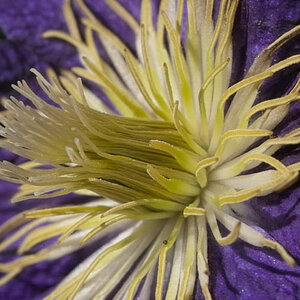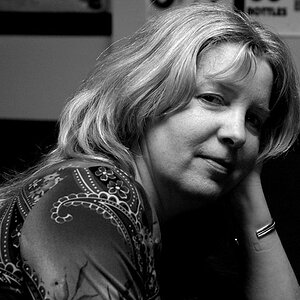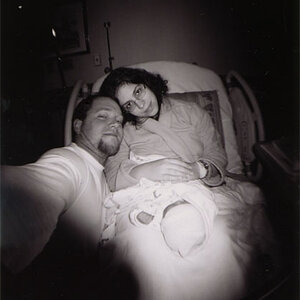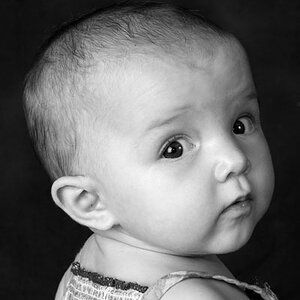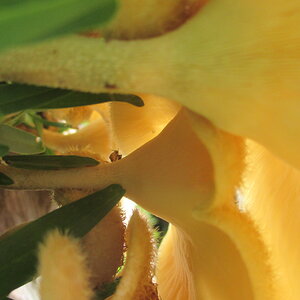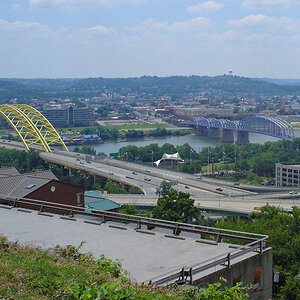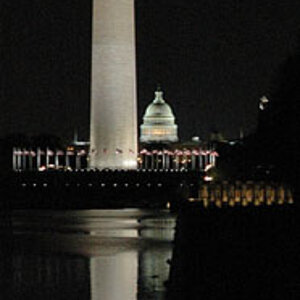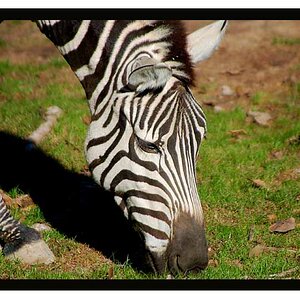SabrinaO
TPF Noob!
- Joined
- Sep 26, 2010
- Messages
- 1,315
- Reaction score
- 75
- Can others edit my Photos
- Photos OK to edit
You know that pin of light smack dab in the center of the eye? The deer in headlights look? I don't know how to avoid this. I know I can get rid of it in post but is that the only way? I use shoot through umbrellas. Maybe if i bounced the fill light into the umbrella instead of shooting through...? Any suggestions/tips?




![[No title]](/data/xfmg/thumbnail/37/37606-3c9ffb5906173fa2aa489341967e1468.jpg?1619738148)
